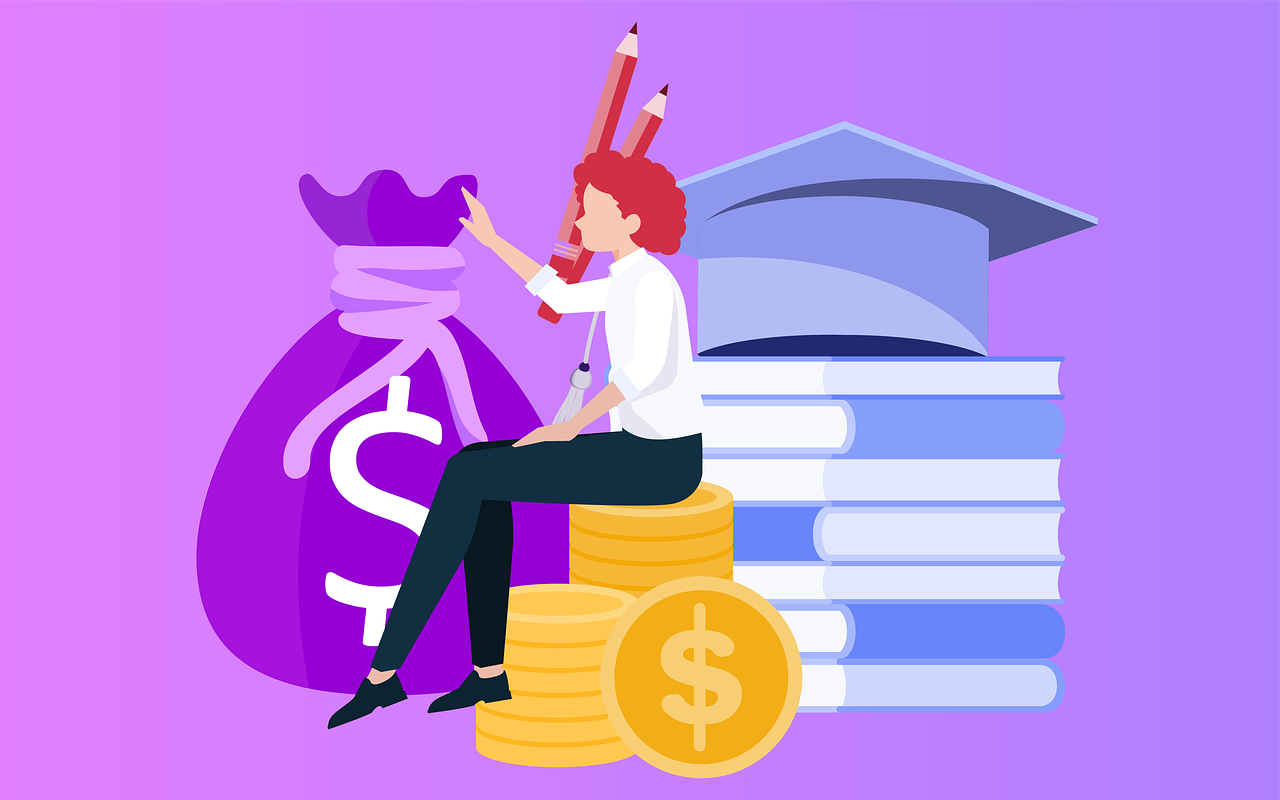Get prepared for the resumption of federal student loan payments in 2023. Discover essential steps, deadlines, and new repayment plans like the income-driven SAVE plan. Learn about loan consolidation, borrower benefits, and managing student debt effectively.
Mastering the Transition: Your Guide to Federal Student Loan Resumption in 2023
After a hiatus of three and a half years, during which your federal student loan payments remained on hold, the time has come to reengage with your student loan responsibilities. Whether you’re a recent graduate just confronting your student debt or someone resuming payments after a pause, a series of crucial steps lie ahead. But where do you commence this process?
The window to defer addressing your student loans is narrowing. Every borrower must take action before student loan payments recommence in October.
More: Federal Student Loan Borrowers to Benefit from Significant Repayment Changes and Debt Forgiveness
Key Dates For Action in 2023 Include:
- August 22: The official launch of the new income-driven repayment plan SAVE. The application process takes around four weeks, so prompt enrollment is essential to ensure inclusion before billing cycles resume.
- August 31 marks the final day to request a refund for student loan payments made during the pandemic, which will subsequently need to be repaid.
- September 1: Interest begins accruing once again. If you intend to make a lump-sum payment, prioritizing this action before September can mitigate interest costs.
- October: The first round of bill payments will be due. The precise date may vary for each individual.
- December 31: This signifies the cutoff date to consolidate commercially held FFELP, Health Education Assistance Loan (HEAL) Program, or Perkins loans for eligibility for the income-driven repayment (IDR) account adjustment. However, other borrowers will receive this adjustment automatically.
Here’s a Systematic Checklist to Guide You:
- Access Your FSA Account: Visit StudentAid.gov to retrieve your Federal Student Aid (FSA) ID and reset your password if necessary. Upon logging in, ascertain your outstanding balance and identify your student loan servicer. Since nearly half of borrowers experienced servicer changes during the pandemic, verifying this information is crucial.
- Utilize the Loan Simulator: Use the Federal Student Aid office’s online loan simulator. This tool assists in estimating monthly payments, total amounts paid, and more. Note that not all benefits of the new IDR plan are yet incorporated into the simulator.
- Access Your Servicer Account: Log in to your student loan servicer account. If you’ve forgotten your login credentials, utilize the reset option. Confirm that the loan details match the information in your FSA account.
- Update Contact Information: If you’ve relocated since March 2020, update your contact details in your FSA and servicer accounts. Even if you haven’t moved, double-check the accuracy of your contact information to ensure you receive bills and notifications.
- Reestablish Autopay: For those who previously set up autopay, it’s necessary to reinstate this feature. This might involve entering your banking information again.
- Check First Bill Due Date: Verify the due date of your initial bill. If it diverges from the date on your account, contact your servicer to clarify the payment deadline in October.
- Select a Repayment Plan: Opt for a repayment plan. You’ll automatically be placed in the standard 10-year repayment plan without your selection. However, alternatives like the new income-driven SAVE plan could save costs.
- Seek Servicer Guidance: Contact your student loan servicer with any inquiries. They can guide you through various repayment options and address your concerns. Anticipate lengthier wait times, particularly at the start of the week and during the mornings.
- Consolidate Certain Loans: If you possess Perkins, HEAL, or specific FFELP loans, consider consolidating them. This consolidation is essential to qualify for the IDR account adjustment, which expedites loan forgiveness. Initiate this process well before the December 31 deadline to avoid last-minute complications.
More: Refinancing Student Loans: A Comprehensive Guide to Making the Right Choice
Are you looking to refinance your existing student loans?
Find refinance options that can help you save money. Explore Options.
Recommended Reading List:
- The new IDR plan SAVE has the potential to halve payments for most borrowers, expedite debt forgiveness, and offer more benefits. While enrollment is possible now, some significant SAVE benefits won’t materialize until July 2024.
- Seven federal student loan repayment plans are accessible, including four income-driven options. Research all available plans, communicate with your servicer, and employ the FSA’s loan simulator to identify the most suitable plan for you.
- Before the pandemic, individuals with defaulted federal student loans should consider enrolling in the Fresh Start program. This program not only restores loans to good standing but also provides various other advantages.
- An IDR account adjustment, occurring just once, brings most borrowers closer to IDR student loan forgiveness or even forgives the debt for some long-term borrowers. For specific borrowers, federal loan consolidation is mandatory for benefiting from this adjustment, while it’s automatic for most.
- If you requested a refund for payments made from mid-March 2020 onward, the refunded amount has been included in your balance. Follow guidance on managing the repayment of your student loan refund.
- The Supreme Court recently invalidated the Biden administration’s scheme to cancel up to $20,000 in student debt per borrower. While an alternative “Plan B” for student debt cancellation is in progress, its realization could extend beyond a year, with uncertain prospects. Therefore, it’s unwise to rely on its occurrence.
- If you’re contemplating student loan refinancing, consider its appropriateness. If you possess private student loans, potential downsides are minimal if you qualify for a reduced interest rate. However, only consider refinancing for federal loans if you’re confident you won’t qualify for government forgiveness programs or don’t require borrower protections such as IDR plans.
More: Start Planning for Repayment and Explore Available Options | Student Loan Repayment Guide















